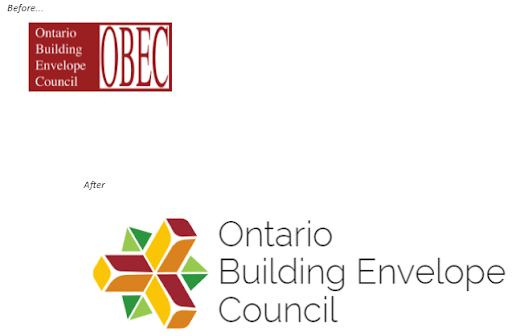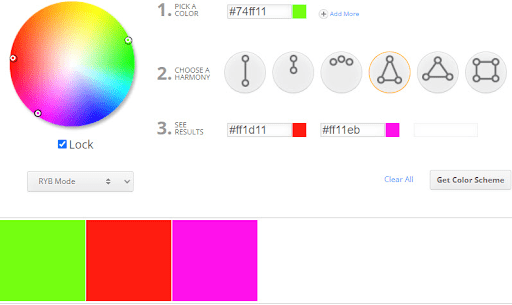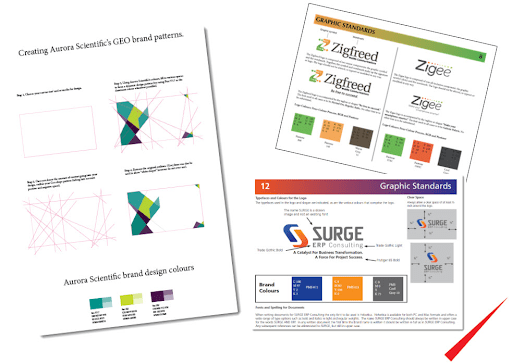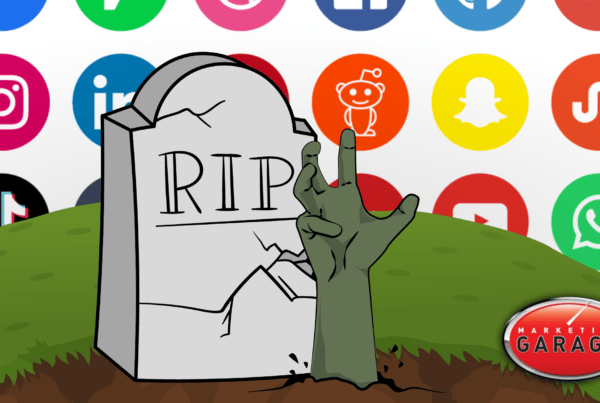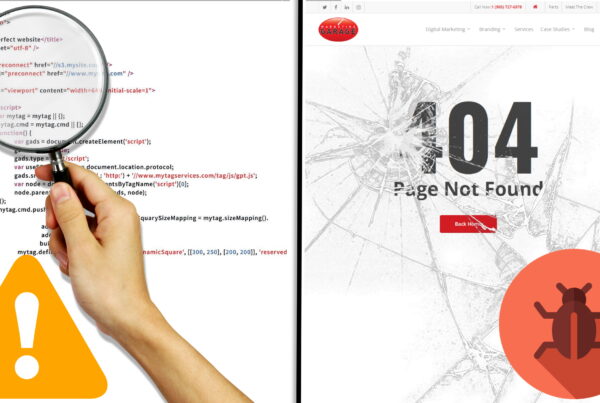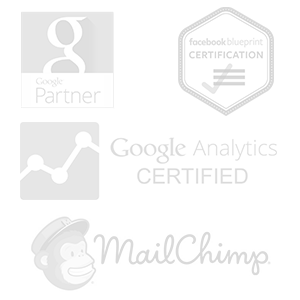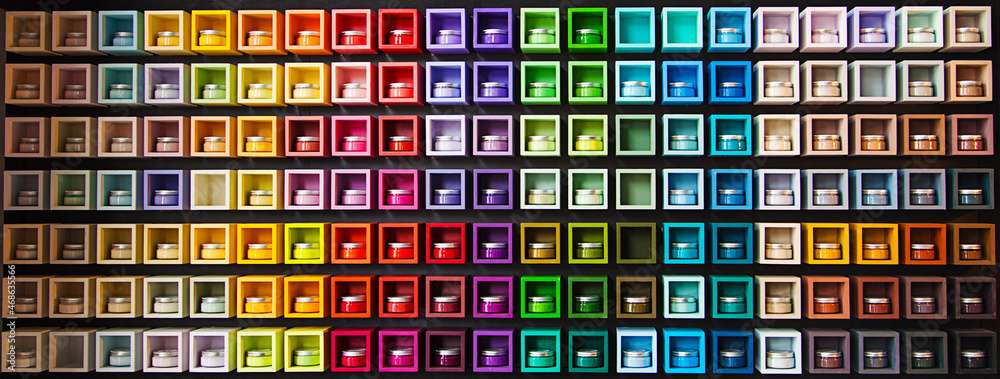
Brand colour matters. Every decision you make about your brand has an impact on how your business is perceived by your customers particularly colour. Colour has an impact on the first impression people have when they engage with your brand. It produces feelings, emotion, and information. Green can equal calm & natural. Red can mean action. Etc.
And, beyond perception, colour can improve the functionality of your marketing. Consider this research curated by colorcom.com:
- Colour increased brand recognition by up to 80%
- Up to 85% of people believe colour is the greatest motivator when choosing a product
- 92% view visual appearance as the most persuasive marketing factor
But how do you choose the right brand colours for your company? As a branding company, that is a question the Marketing Garage answers regularly.
What does a digital marketing agency know about branding? We started out as a branding company and have won over 40 awards for that work. Now we’ve mashed up everything we learned in best practices in branding with the test & learn capabilities of digital marketing to provide a unique viewpoint below.
How to Choose the Right Branding Colours for Your Company
1. What Does Your Brand Stand For?
Before you start thinking about the colours you will use for your brand, you need to have a clear understanding of what your brand is. What does it stand for? What are your core values and beliefs? What does your brand promise that’s unique? What are the key traits of your brand?
DO NOT SKIP THIS STEP!
It’s fundamental to creating a unique and effective brand colour system. Defining the way you want others to perceive you will help you choose the colours you will use. For example, efficiency think red. Natural, think green.
2. Now, Which Colours Are Used by Your Competitors and Industry?
Competitive research is necessary any time you are developing something that feels new & different. (This is marketing. ‘New & different’ is what it’s all about.) The last thing you want to happen is you get deep into your brand development to find out you have the same colour scheme as a close competitor. Starting over would be costly.
Make note of the colours used by your competitors. Consider colours that will help you be different and stand out. This will help you from getting mistaken for a competitor or overlooked in a crowded marketplace.
Think of the brown of UPS. Or how H&R Block’s bright green helps their street signs pop!
3. Which Colours Are in Alignment With What Your Brand Represents?
Combine what your brand stands for, what you learned from your competitor research, and what you know about the meaning of colours and produce a series of ideas. Consider different colour combinations and how they can affect the meaning of your brand. Choose a colour that best represents your brand visually and conceptually.
Sometimes that means changing what and who your brand represents.
Branding Colour Case Study: We recently re-did the branding for a B2B industry organization called the Ontario Building Envelope Council. They wanted to broaden their membership to be younger, greener, more diverse and encompass more creative professions like architecture. However, our research showed that they were perceived as a more established, older, dare I say stodgier group. We kept the solidity of the dark red but augmented with younger, brighter colours.
4. How Will You Design a Brand Colour Palette?
Your brand colour palette will be made up of multiple colours. What is your main colour? What secondary or accent colours will you use? Where will these colours appear on your logo, website, marketing materials, and other branding?
For example, with our digital marketing hats on, we know through testing the importance of buttons that ‘pop’ when you’re making online ads so we often use the brand’s base colour as the background and one of the brand’s accent colours as the button colour as in these two examples:
You then need to take things one step further and think about colour in a more granular way. Consider:
- Shade
- Tint
- Tone
- Saturation
You’ll also need to make sure your selection fits within the colour codes so it can be replicated. Evaluate a variety of palettes until you come up with the right combination. I love this branding colour palette wheel tool that lets you enter your base colour, then it selects accent colours for you according how many you need.
Can you do this yourself? Technology makes it easier but what does Jeff Goldblum say in Jurassic Park “you get so preoccupied that you can that you didn’t stop to think whether you should”. Hiring a professional branding agency is worth it when you consider how important your brand colour’s are to standing out and making the right first impression.
And cutting corners on brand design is one of the examples here: click to check out these 4 common branding mistakes to avoid at all cost. Just be sure to pick someone who has a proven track record and uses data, not just creativity (well ok, a branding agency like us).
5. Update How Colour Is to Be Used in Your Brand Guidelines
The last step is to create a brand colour guideline. Refer to this document each time you create branding materials. This ensures your brand is correct and consistent across all marketing channels.
Every decision you make about your brand matters, including the colours you use for your logo, website, and marketing materials. Research colour options and understand their connotation. Align your brand with the colours that best represent its message. Have a brand guide that outlines when and where you’ll use colour. Lastly, create something that will appeal to your customers and differentiate your business from competitors.
If you’re still unsure you’ve covered all the bases after reading this, click here to sign up for a free 12 point branding audit.
The Marketing Garage is an award-winning Toronto digital marketing and branding agency that has developed a unique approach to better brand performance through Brand Engineering. Our data-driven approach combines traditional proven brand development techniques with the test & learn capabilities of today’s online marketing.
How else can Digital Marketing help you?
Learn MoreAre you ready to have a conversation?
Talk To UsMore Advice From a Toronto Marketing Company
The Marketing Garage is an award-winning Toronto digital marketing & branding company that takes the guesswork out of brand-building with a unique data-driven approach. The result is you know it works before investing most of your marketing dollars.

